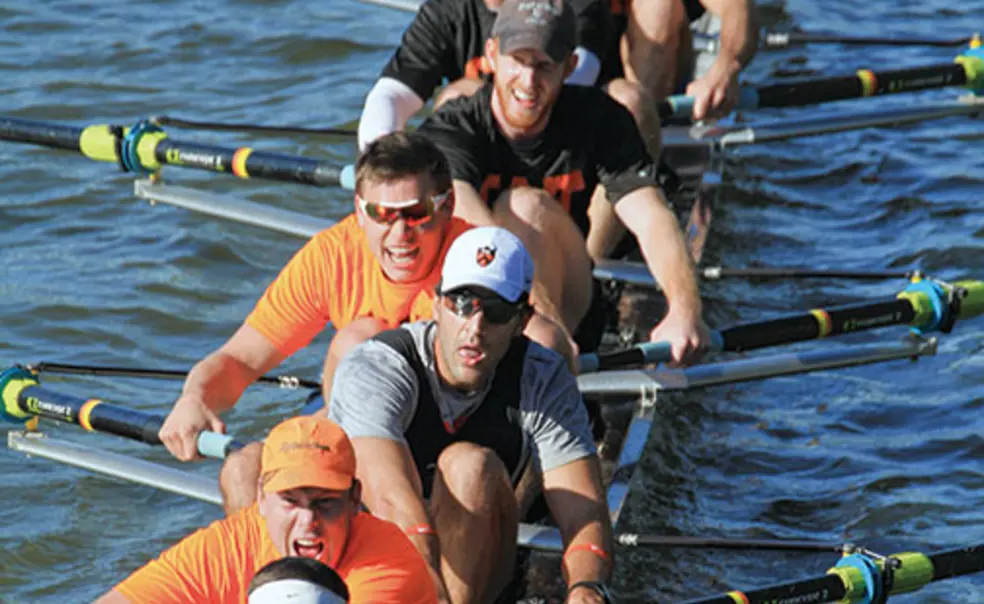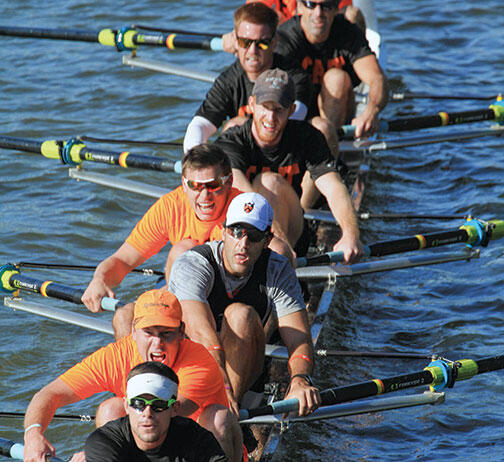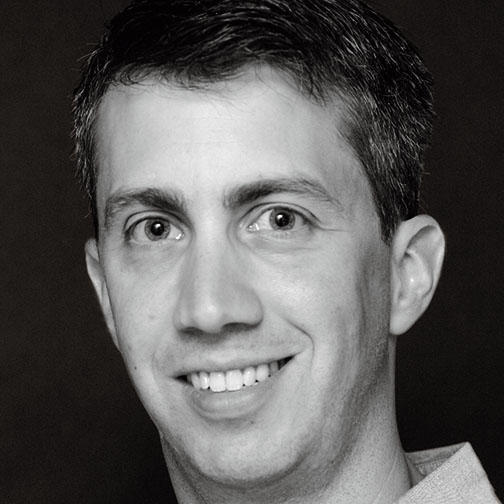Extra Point: Fit, Fat Cats: Rowers Reunite, One Stroke at a Time
Exercise on the Saturday morning of Reunions may sound like a chore, after a full night of revelry (and a less-than-full night of sleep). But last year, when Princeton crew alumni gathered for their annual reunion row on Lake Carnegie, demand was at an all-time high. The men and women, lightweights and open-weights, used every available shell, lining up for a series of 500-meter sprints dubbed “the battle of the decades.”
What sparked the interest? Nostalgia? The lasting bonds forged by grueling endurance training? Social media? All three played a role. But the infrastructure for Princeton’s most active clan of alumni athletes began well before Facebook. In fact, it dates back at least 20 years to the creation of the Fat Cat Rowing Club.
The name is “either a badge of honor or irony,” according to Harold Backer ’85, a former Olympian for Canada who organizes the Fat Cat contingent for the Head of the Charles Regatta in Cambridge, Mass., each October. Last year, 70 alumni rowed in the group’s trademark orange and black Fat Cat T-shirts. Earlier in 2014, the club also sent dozens of rowers to the Alumni Sprints in Old Greenwich, Conn., where the Fat Cats finished second in the team standings.
Michael Vatis ’85, a frequent Fat Cat participant, said that the masters rowing circuit appeals to his competitive instincts. “It’s real racing, with international competition,” he said. “I don’t know of any other sport where you have that opportunity.”
The Fat Cats need to be fit to row against other former college crews or so-called “Rolodex crews,” which collect unaffiliated elite rowers. But beginning with its first Head of the Charles entry in 1994, co-founder Dan Roock ’81 said, the club has maintained a laid-back attitude: Few Fat Cat crews practice together, and those that do rarely meet more than once before they race.
That “casual” atmosphere remains, Backer said, before pausing to reconsider his choice of words: “I don’t know how casual you can be in something as painful as a 3-mile rowing race.”













No responses yet